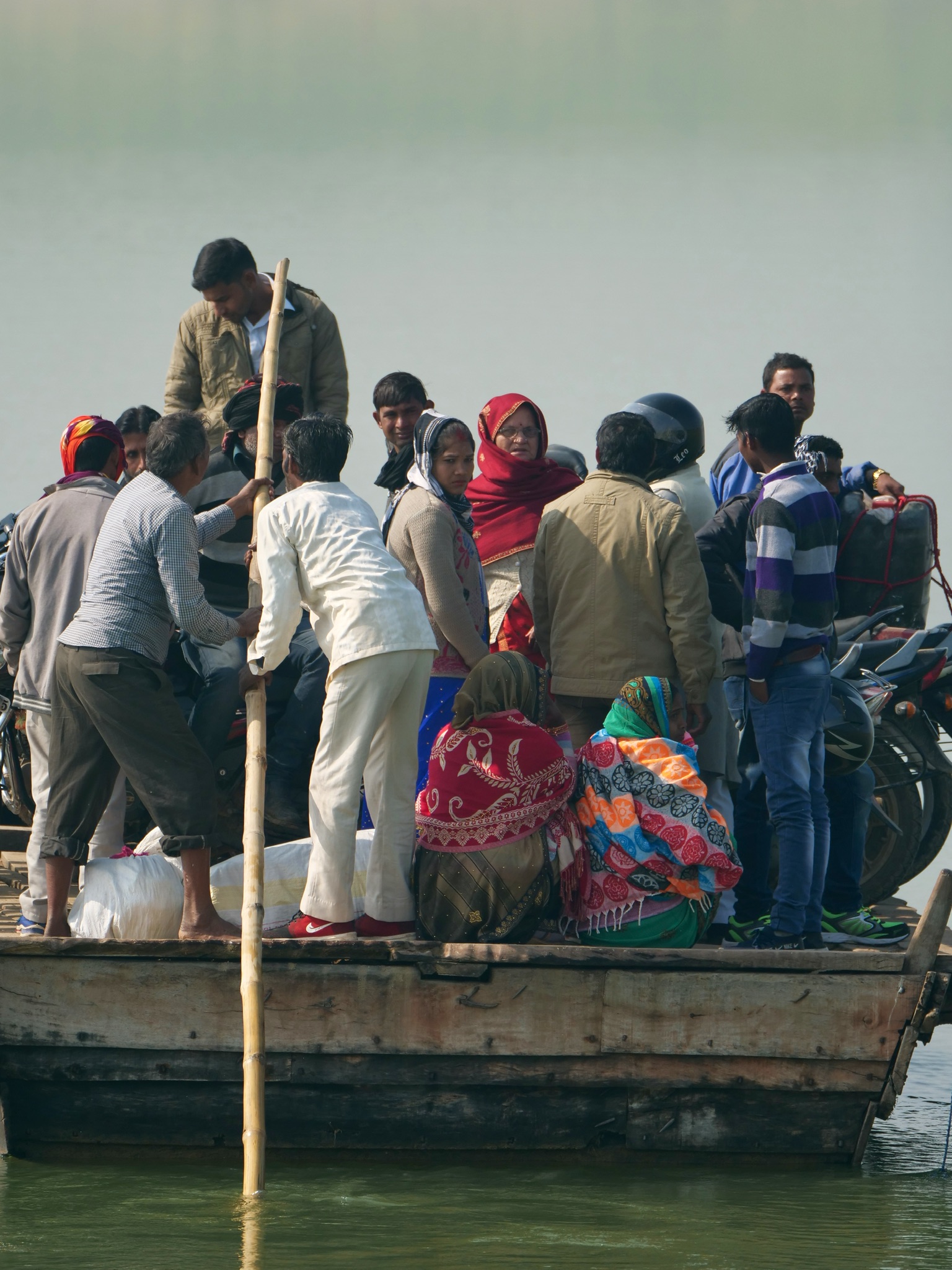Direct quote from Indian Prime Minister Modi, crowing, in January 2021:
Friends, it would not be advisable to judge India’s success with that of another country. In a country which is home to 18% of the world population, that country has saved humanity from a big disaster by containing corona effectively.
Arundhati Roy, describing India’s ghastly pandemic reality in April 2021:
The system hasn’t collapsed. The government has failed. Perhaps “failed” is an inaccurate word, because what we are witnessing is not criminal negligence, but an outright crime against humanity.
In Australia, Arundhati Roy is famous because of her first novel, which won the Booker Prize in 1997.
At home in India she is equally renowned as a social activist and essayist/polemicist.
Australians generally think of Donald Trump as the “supreme” 21st century example of elected, “toxic populist” head of a nation state.
Some would argue that perhaps Brazil’s Jair Bolsonaro is even more egregious, or maybe Russia’s Vladimir Putin…
Strangely, or not so strangely – given that Australian media and governments have for so long played so very much more attention to the USA than to India – Narendra Modi has until very recently been paid no attention by most Australians.
Arguably, Modi has been a much more “successful” populist – and a more toxic one – than Trump.
Modi’s “legacy” is likely to prove more enduringly devastating to India than Trump’s to the USA.
“Divide, to rule” may have been a hallmark of both the one-termer Trump and the multiply-elected Modi, but only Modi stoked/oversaw pogroms. (in which Hindu Indian citizens murdered and raped thousands of Muslim Indian citizens)
Arundhati Roy “nails” Modhi comprehensively, not merely for his monumentally incompetent, callous and hubristic response to “the virus”.
I urge you to read all of her searing, very distressing essay, published in The Guardian on 29 April 2020.
(the photo is copyright Doug Spencer, taken on 03 February 2020. At that time India was paying more evident attention to “the virus” than was Australia. Those pictured were crossing the Chambal River in Uttar Pradesh)
Two footnotes/extracts, in case you do not read the full essay:
The system has not collapsed. The “system” barely existed. The government – this one, as well as the Congress government that preceded it – deliberately dismantled what little medical infrastructure there was. This is what happens when a pandemic hits a country with an almost nonexistent public healthcare system. India spends about 1.25% of its gross domestic product on health, far lower than most countries in the world, even the poorest ones. Even that figure is thought to be inflated, because things that are important but do not strictly qualify as healthcare have been slipped into it. So the real figure is estimated to be more like 0.34%. The tragedy is that in this devastatingly poor country, as a 2016 Lancet study shows, 78% of the healthcare in urban areas and 71% in rural areas is now handled by the private sector. The resources that remain in the public sector are systematically siphoned into the private sector by a nexus of corrupt administrators and medical practitioners, corrupt referrals and insurance rackets.
Healthcare is a fundamental right. The private sector will not cater to starving, sick, dying people who don’t have money. This massive privatisation of India’s healthcare is a crime.
—
Understand that there were and are so many far more pressing issues for the Modi government to attend to. Destroying the last vestiges of democracy, persecuting non-Hindu minorities and consolidating the foundations of the Hindu Nation makes for a relentless schedule. There are massive prison complexes, for example, that must be urgently constructed in Assam for the 2 million people who have lived there for generations and have suddenly been stripped of their citizenship.
